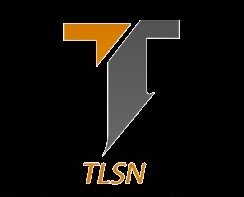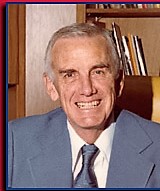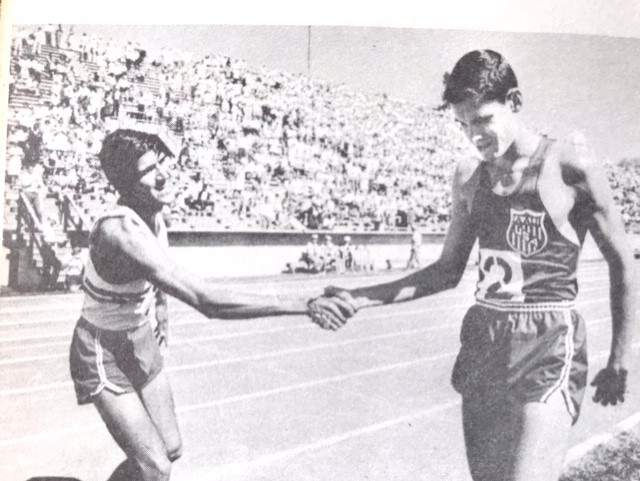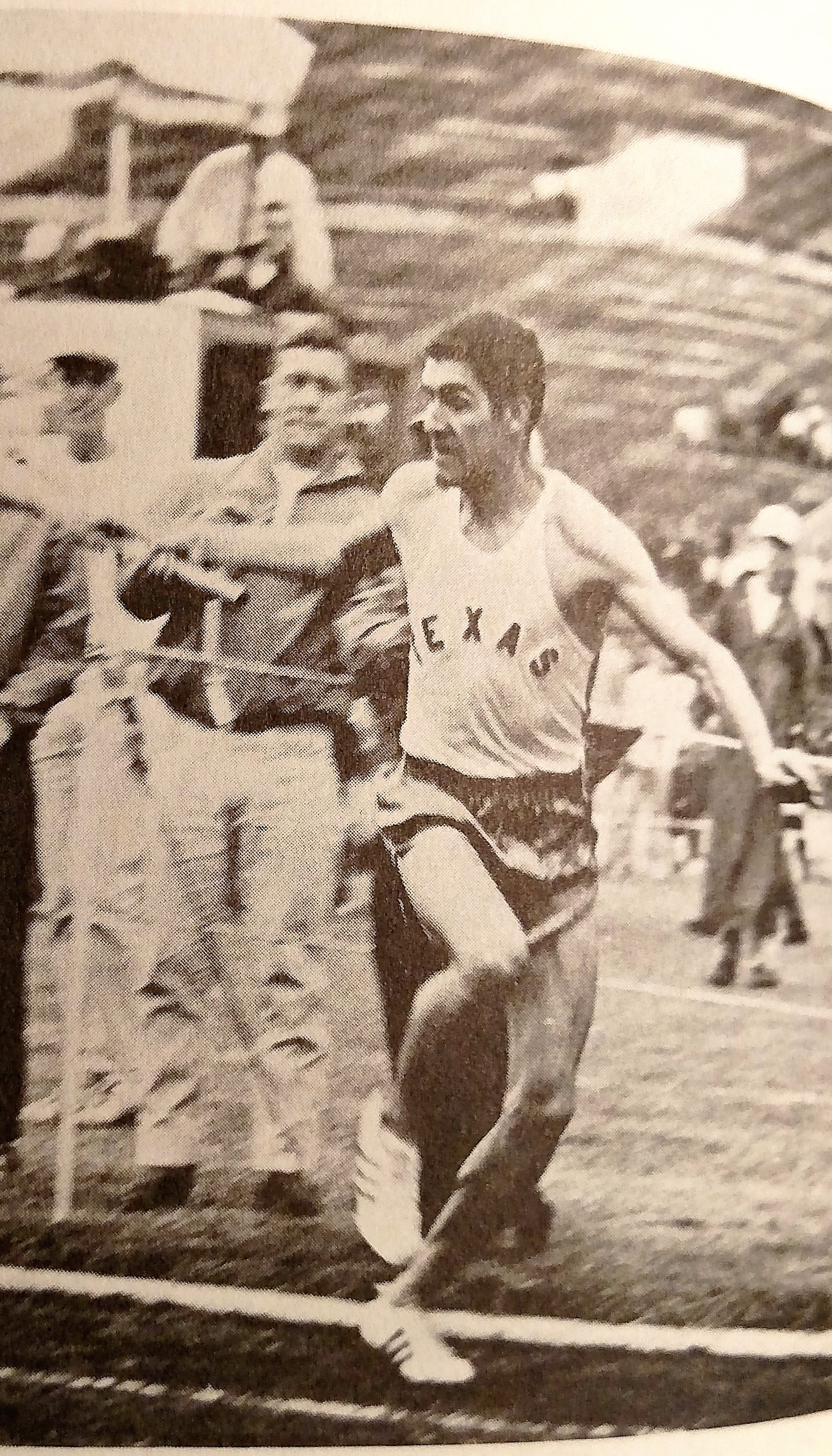UT -MEN'S TRACK- No team National championships
As of 2016 UT has produced 35 NCAA individual National champions.
Coach Froggie Lovvern was head coach for two years
Coach Froggie Lovvern 1962-1963
TOP OF THE CHARTS
Coach Lovvern graduated from Stamford High school in Texas, attended Pepperdine where he won the national championship in the 1500 meter.
He was an assistant to Coach Littlefield for 15 years before signing a 1-year contract to replace Littlefield.
1962-2 SCORES AT NATIONALS Coach Lovvorn
Baylus Bennett 5th in the pole vault. He is also the first Longhorn to vault over 15 feet.


1963 Coach Lovvorn
This was the worse finish for the Longhorn track team since 1921.
Rex Wilson carried the team but injuries and academic losses hurt the team. Rex is the only Horn who wins at the Texas relays ending his career with first or second in 9 of 11 races.
Finished 5 in the SWC. After 11 years as an assistant track coach under Coach Littlefield and two years as head coach, Coach Lovvorn finished his Texas coaching career.
Coach Patterson
Jack Patterson was the Captain of the Rice track team in the late 1930s. After graduating, he spent years as head coach of Houston, Baylor. In 1960 he was named Senior College Coach of the Year by the Texas Sports Writers. His assistant coach was Cleburne Price.





1964-1 SCORE AT NATIONALS Coach Patterson
Texas becomes the first SWC team to integrate by offering two black track stars scholarships.
The winning formula was changing from sprinters to middle distance runners in 1964 including Loy Gunter, Chuck Frawley , Preston David , and Ricardo Romo. In fact, the 1964 team was the best since the Eddie Southern days establishing state and school records.
Longhorn Logo 1964
Captains Loy Gunter and James Cooper are between Price and Patterson.
Jim Hudson and Ernie Koy join the track team after spring football training. Jim finish's as high as 4th in the Javelin at the track meets and Ernie Koy has one 2nd place finish in the shot put.
Ricardo Romo’s Longhorn and Beyond story told in photos.
Breaking the 4-minute mile was a mental challenge more than a physical one. After Bannister broke the 4- minute mile, many more followed, including Longhorn Ricardo Romo. Why did the number of 4-minute milers grow exponentially after Bannister's accomplishment? "Was there a sudden growth spurt in human evolution? Was there a genetic engineering experiment that created a new race of super runners?
No. What changed was the mental model. The past runners had been held back by a mindset that said they could not surpass the four-minute mile. When that limit was broken, others saw that they could do something they had previously thought impossible.
Ricardo Romo is a perfect icon to represent the qualities of breaking through mental obstacles. He was an innovator, a change agent, and an ideal hero for defining success. But, as it turns out, when he broke through a previously impenetrable track-and-field barrier, he taught us what it takes to break new ground.
Like all of us, Ricardo's growth curve was not in a straight line. Peaks and valleys are part of his life journey, but at his core, he has always been an innovator willing to change a game plan. One who transitioned old-school thought to contemporary progressive winning strategies. A Leader driven to accomplish things that have not been done before.
Ricardo showed everyone by example to not accept limitations, tradeoffs, and middle-of-the-road sensibilities that define conventional wisdom.
Richard Romo recovers from injuries and sets SWC meet records in the mile and three mile runs. Before his career is done he will have competed against the best. was one of the greatest distance runners in the world
Front David Webb and Ronnie Yates back Richard Romo Michael Hennen and Ken Sutherland
1965 Coach Patterson
Injuries, academics, and illness hurt this team. Patterson said it had “been one of those frustrating years- for everyone concerned. He said the team has a lot of talent “who just had a lot of misfortune …”
Rey Moreno shares a Frank Medina conditioning story.
Granted, you football guys had it really tough but we track guys had it tough also. When the Horns had a 6-4 record in 1965 after being ranked #1 early in the season, Royal said no bowl game. This freed up Frank Medina to put the track team through “Medina sessions” between Thanksgiving and Christmas break.
A workout would be: dressed in 2 pairs of sweats with a weight vest, we would run bottom to top of Memorial Stadium stands about 15 times. We would then go under the stadium and jump rope waiting to climb a 25 ft rope. After that, we would go into the football locker room with the heat turned up and do circuit training. Medina would stand on a bench with a whistle in his mouth holding on to both ends of a white towel around his neck. All you guys that played under Medina remember that pose. There would be barbells to do curls or presses, a push up station with your feet on the bench, 20 lb weight behind your head to do sit ups, and many similar exercises. Medina would blow the whistle and you would start the exercise, he would blow it again after 2 minutes and you would move to the next station. There was probably 1 to 2 minute rest between stations. I thought the toughest was doing push-ups with feet on the bench and going down to the floor after being so hot and tired doing this non stop exercise. Your world would spin when you stood up.
We were ready to go home at Christmas time.
1966-2 SCORES AT NATIONALS-Coach Patterson SWC Champs
Preston Davis is 8th in the 800 meters
Keene, Langham, O’Bryan and Davis win the sprint medley at the Texas relays.
Webb, O’Bryan, Romo and Davis win the two mile relay.
Win the first SWC since 1961. Romo has two meet records. Davis wins the 880, Sansom is a surprise winner in the 120 high hurdles. King wins the pole vault .
1967- Coach Patterson
The team struggles this year. The only success this is by Bill Elliot , Mark King, Brian Woolsey, and Toby Belt. The Horns win no events in the Texas relays but they are competitive in some other events. Texas has two winners in the SWC meet- King in the pole vault and Clifton in the broad jump.
Preston Davis is outstanding performer at the Texas relays.
1968-2 SCORES AT NATIONALS- Coach Patterson
TOP OF THE CHARTS
McDaniel, Matina, Canada, and Morton finish 4th in the mile relay
Woolsey sets a Texas relay record of 4:03.6 in the mile.
Dave Morton, Stan McDaniel, Eddie Canada, David Matina record the fastest time in the world excluding the Olympic team
This was the first time in the history of Texas Track that a Longhorn relay team scored points at the Nationals.
1969 - Coach Patterson SWC Champions
In 1969 Coach Price resigned and took the head coaching job at Dallas Baptist.
Co-Captain Bill Elliott finishes second in the high jump at the SWC meet. The Longhorn shot putters finished 1-2-3-5 at the SWC meet. Randy Nichols sets a Longhorn record in the shot put.
Texas Relays was a bust for the Longhorns!!
Three half-milers - Mike Mosley, David Matina, and John Robertson owned the 880 in the conference with Matina setting the SWC mark in this event.

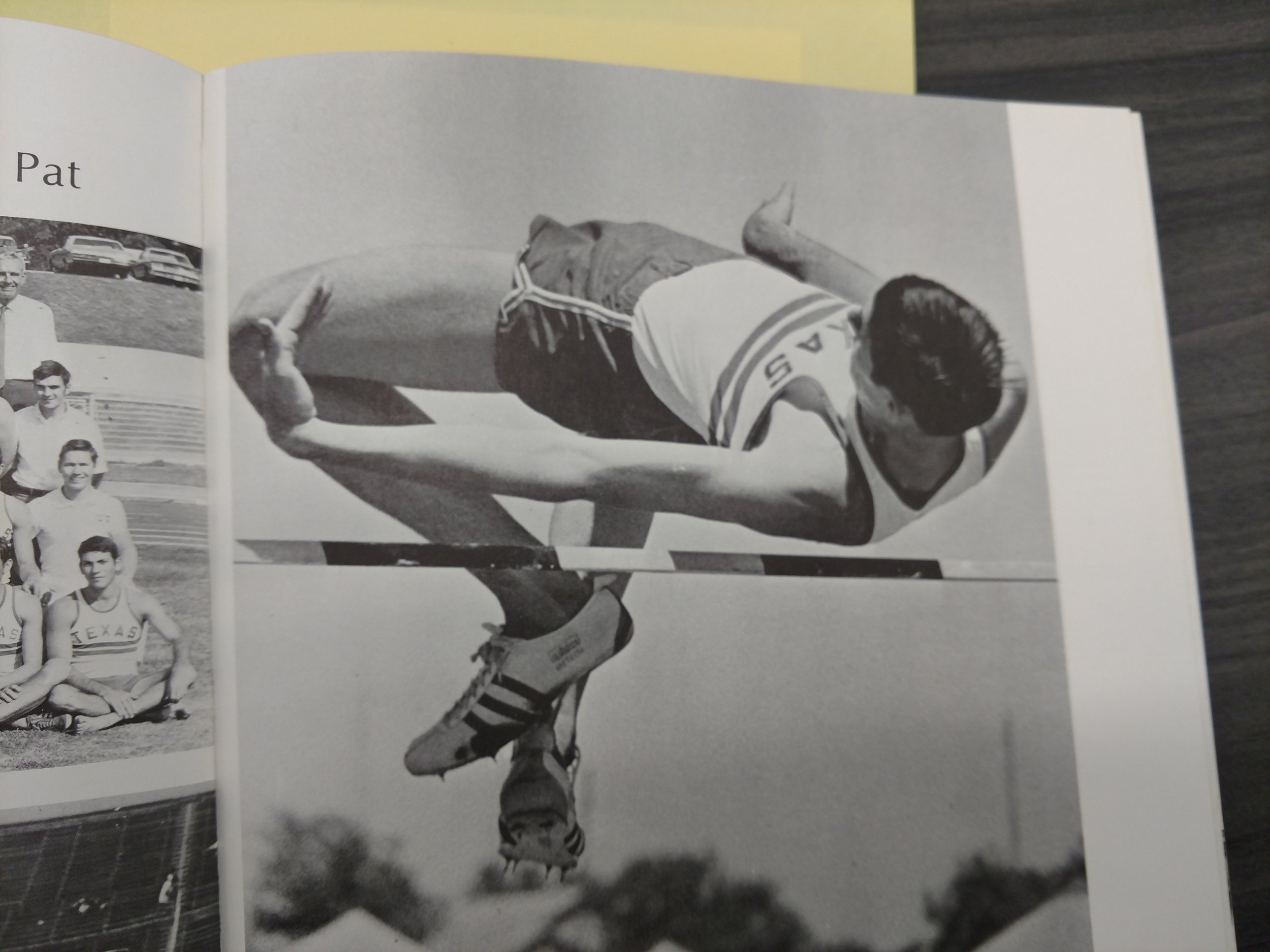

Horn mile relay team was invited to New York and Cleveland for national meets.
1970 - Coach Patterson finished 2nd in the SWC
Fred Cooper is a Tri-Captain (need picture) Fred Cooper was a double winner at the SWC meet winning the mile and 3 mile events. Nichols won the shot put.
